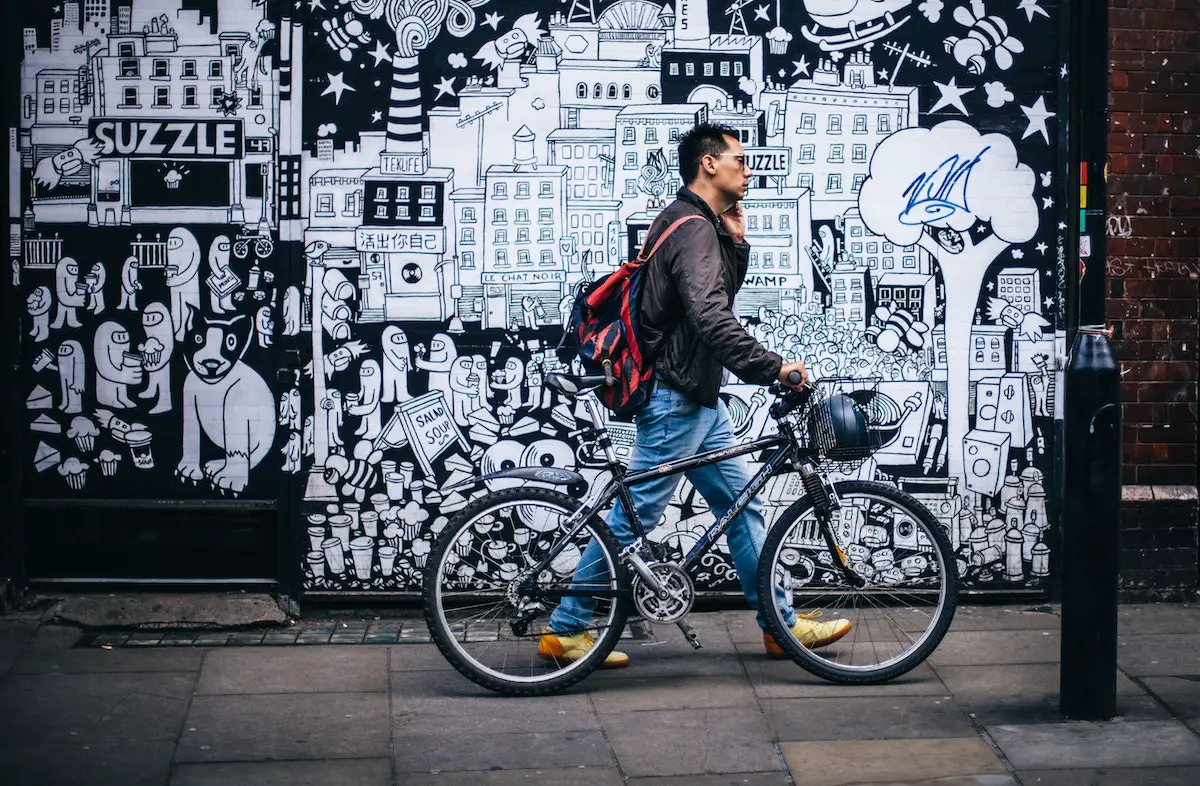Mumbai has the biggest GDP in south, west and central Asia. It is the biggest city in India, the second largest in the world, and was named a Global City in 2009 – a concept first developed by Saskia Sassen. So what is Mumbai’s relation to the world? How can we understand this global city? This post’s objective is to clarify the image of this complex city, scaling it to a manageable meaning.
Population: According to Urban Age, an increasing number of India’s population are moving to urban centers across the subcontinent. In fact, over 300 million of India’s of 1.1 billion people are city dwellers – one tenth of the world’s urban population. India also has the most dense megalopolis in the world – Mumbai.
Government: In Mumbai, people elect councilors of Mumbai’s Municipal Corporation, but the national government has the most control in the decisions that affect the city. This means that the city’s problems can not be solved directly by the political force that manages it. Despite this complication, one of Mumbai’s objectives is to become the capital of Asia, evolving into an opponent to Shanghai in the process.
Density: Greater Mumbai occupies 438 km² yet the Metropolitan Region is almost ten times bigger: 4,355 km², which includes outlying townships that are 1 million plus cities on their own. Before the 1980s, India’s urban growth was slower than other regions, and Mumbai – compared to the highly urbanised growth of other regions in India – is not developing so fast. According to the International Institute of Population Studies, Mumbai’s population grows by only 480 people per day. Migration is also declining compared to other decades – in the 1970s, 70% of the city’s population were immigrants.
The urban image of Mumbai is one of extremes. On one hand, images of slum dwellers living in substandard conditions are synonymous with the city, yet on the other hand, luxury developments and tall buildings that speculation and international investment provides are becoming an increasingly prominent part of the city. These contrasts strongly impact the urban sustainability and economy debate both in local and global discussions.
Within Mumbai’s city limits, the average density surpasses 27,000 people per km². However, densities of 50,000 people per km² (a higher level than Manhattan, New York) are not unusual, and the densest neighborhoods – Mumbai’s slums – accommodate as many as 100,000 persons per km². No city in India has as large a proportion of its residents living in slums, officially put at 54% or nearly 6.5 million people. This density is also reflected in the city’s open space: Mumbai has less than one acre of open space for every thousand people, while the norm is 4 acres (or 0.016 km²).
The government is currently developing a Business Plan for the Mumbai Metropolitan Region that aims to reduce slums to 20% or lower, while growing annual GDP.
Urban Infrastructure – Metro:

The above image show ticket price in US$ for a single ticket on underground public transport systems. London’s underground system is one of the few where revenues cover operating costs. Tickets in Indian Cities and in Mexico City are 10 to 30 times cheaper than in London. It is worth pointing out that of the 135 metro corporations in the world, only 4 are making operational profits: Singapore, Taipei, Hong Kong and Delhi.
Employment: Generally for global cities, the service sector employs more than half of the urban labour force. In London, the financial and business services constitute the main employment category, for example. This is particularly high in Mumbai, where 81% of the city’s population works in the services sector, including communications, social and personal services. Let’s remember that Mumbai is home of Bollywood, with many people directly and indirectly employed by this industry.
In Mexico City the service sector is around 43% and in Shanghai is around the 32%. Johannesburg, New York and Berlin see 37%, 46% and 40% employed in services, respectively.
Education: The majority of Mumbai’s population are educated up to secondary level. About 14% have a college or university degree, and around 30% have a school level below primary (elementary school).
Security: Although security does not necessarily mean murder rates, in those terms, Mumbai – where there are 2 murders for every 100,000 residents – is as safe as London, and safer than New York, which sees 7 homicides for every 100,000 residents.
Mumbai faces many challenges as it develops. Distributing resources in a an inclusive manner will be highly important if divides between slum-dwellers and those with a higher standard of living are to become less extreme. Investments in infrastructure, services and transport for the metropolitan area should be a priority, as should avoiding excessive gentrification. If Mumbai follows this path, a more inclusive future for the world’s most dense city could be possible.
Photo: shreyas kamble


